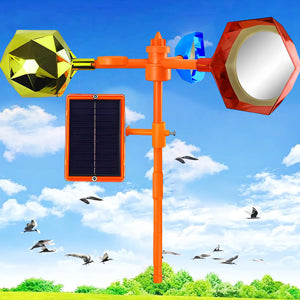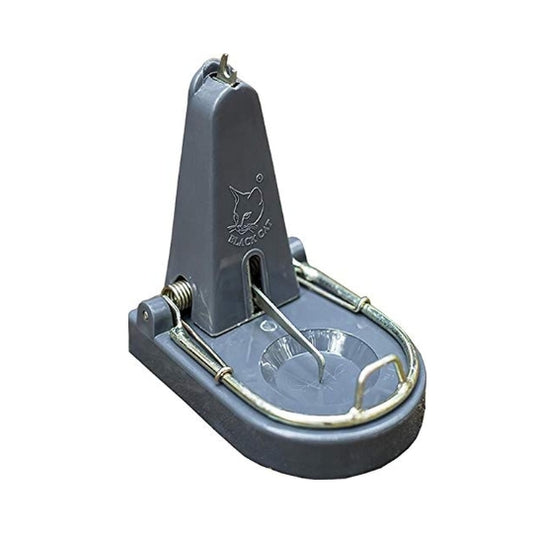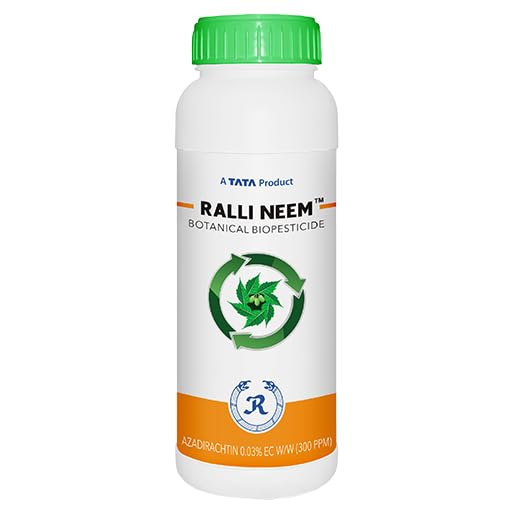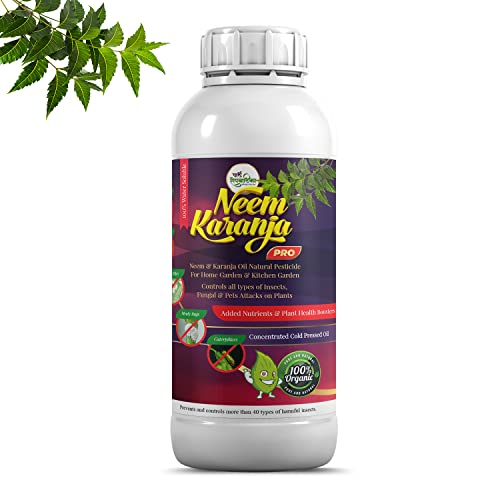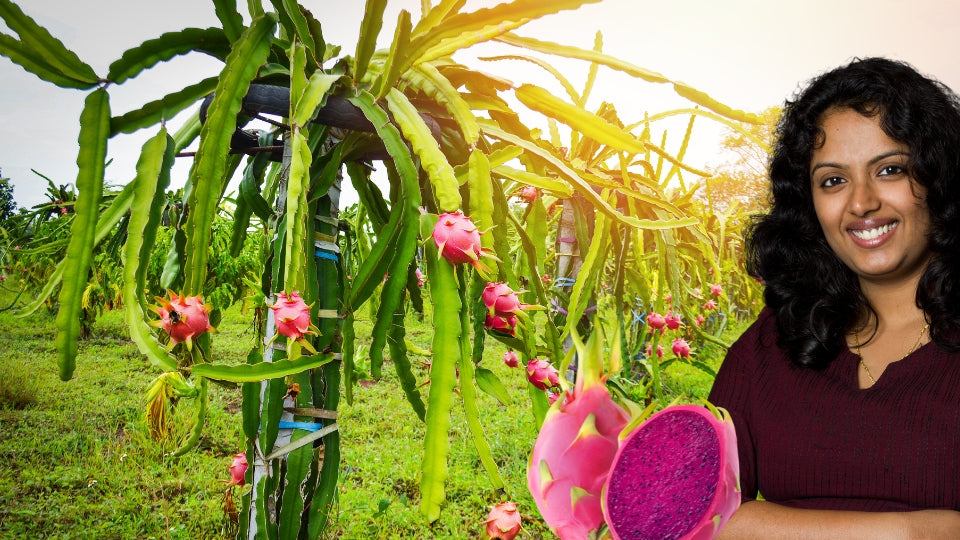
Dragon Fruit Farming: How much lucrative opportunity for Indian Farmers?
Share
ResetAgri welcomes enthusiastic farmers and avid readers to this blog. Our topmost priority is to deeply survey each agriculture niche and provide the most authentic insights in the most interesting way. In this article, we shall explore each important aspect of dragon fruit farming so that farmers can make the best of their assets, viz. land, time, efforts, investments, and so on!
ड्रैगन फ्रूट की खेती एक बहुचर्चित विषय है क्योंकि यह सरकारी समर्थन वाली एक नई, लाभदायक, स्वास्थ्य प्रदान करने वाली फसल है। कुछ अलग कर दिखाने की चाहत रखने वाले पूर्व आईटी इंजीनियरों और खाद्य प्रसंस्करण उद्योग के लिए भी यह फसल आकर्षक है।
Dragon fruit cultivation is a hot topic right now for a number of reasons, including:
- Its unique appearance and flavor: Dragon fruit is a visually appealing fruit with a sweet and slightly tart flavor. This makes it a popular choice for consumers, especially younger generations.
- Its health benefits: Dragon fruit is a good source of vitamins, minerals, and antioxidants. It is also low in calories and fat.
- Its profitability: Dragon fruit is a profitable crop to grow, with a high market price.
- Government support: The Indian government is offering support for dragon fruit cultivation, as it is seen as a way to reduce imports and increase farmers' incomes.
- The influx of Indian IT engineers into agriculture: Many Ex-Indian IT engineers are opting to venture into agriculture, as they are looking for more meaningful and sustainable careers. Dragon fruit cultivation is a particularly attractive option for these individuals, as it is a high-tech and profitable crop.
- The growth of the food processing industry: The food processing industry is growing rapidly in India, and dragon fruit is a popular raw material for processed foods such as juices, smoothies, and yogurts.
In addition to the above, I would also add that dragon fruit cultivation is a relatively new crop in India, and there is a lot of potential for growth. As more people become aware of the health benefits and unique taste of dragon fruit, demand is likely to continue to increase. This makes dragon fruit cultivation a particularly attractive opportunity for farmers who are looking to diversify their crops and increase their profits.
ड्रैगन फ्रूट एक उष्णकटिबंधीय फल है जो अब यह भारत सहित दुनिया के कई हिस्सों में उगाया जाता है। ड्रैगन फ्रूट कई मायनों में जंगली भारतीय कैक्टस से निकटता से संबंधित है। ड्रैगन फल जंगली कैक्टस के फलों की तुलना में बहुत बड़े और अधिक रंगीन होते हैं। ड्रैगन फ्रूट को बढ़ने के लिए सहारे की जरूरत होती है।
What is Dragon Fruit?
Dragon fruit, also known as pitaya or cactus pear, is a tropical fruit that is native to Central and South America, but it is now grown in many parts of the world, including India. Dragon fruit is closely related to wild Indian cactus in a number of ways. Similar to wild cactus, it has thick, fleshy stems that are covered in spines, produce fruits that are edible. However dragon fruits are much larger and more colorful than the fruits of wild Indian cactus.
While wild Indian cactus is typically a shrub or tree. Dragon fruit needs support to grow, while wild Indian cactus does not.
Challenges of dragon fruit production in India
Despite the growing potential of dragon fruit production in India, there are a number of challenges that need to be addressed. These challenges include:
- Lack of awareness among farmers about dragon fruit cultivation practices
- High initial investment costs
- Shortage of quality planting material
- Lack of market linkages
- Post-harvest losses
The government and other stakeholders are working to address these challenges and promote dragon fruit cultivation in India. For example, the government is providing training to farmers on dragon fruit cultivation practices and market linkages. A list of institutions working on this is given at end of article.
Dragon fruit cultivation
Dragon fruit can be grown in a variety of climates, but it prefers warm temperatures and well-drained soil. It is a relatively low-maintenance crop, but it does require some care in order to produce fruit.
The initial investment in the cultivation of dragon fruit can vary depending on a number of factors, including the size of the plantation, the type of irrigation system used, and the cost of labor and materials in your area. However, you can expect to invest around 5-6 lakh rupees per acre in the first year.
ड्रैगन फ्रूट की खेती में प्रारंभिक निवेश बागान का आकार, उपयोग की जाने वाली सिंचाई प्रणाली का प्रकार और आपके क्षेत्र में श्रम और सामग्री की लागत पर निर्भर है। आप पहले वर्ष में प्रति एकड़ लगभग 5-6 लाख रुपये निवेश की उम्मीद कर सकते हैं।
The major costs associated with dragon fruit cultivation include:
Land: The cost of land will vary depending on the location and size of the plantation.
Planting material: The cost of dragon fruit planting material will vary depending on the variety of dragon fruit and the source of the planting material.
Irrigation system: Dragon fruit plants need regular watering, so it is important to invest in a reliable irrigation system.
Fertilizers and pesticides: Dragon fruit plants need to be fertilized and treated for pests and diseases on a regular basis.
Labor: Dragon fruit cultivation requires a significant amount of labor, especially during the planting and harvesting seasons.
In addition to these major costs, there are a number of other costs associated with dragon fruit cultivation, such as the cost of packaging and transportation.
ड्रैगन फ्रूट को कटिंग से प्रचारित करने के लिए, लगभग 20 सेमी (8 इंच) लंबे स्वस्थ कटिंग का चयन करें। रोपण से पहले कलमों को कुछ दिनों तक सूखने दें। फिर, कटिंग को अच्छी जल निकासी वाले पॉटिंग मिश्रण में रोपें। कटिंग कुछ ही हफ्तों में जड़ हो जानी चाहिए। एक बार जब कटिंग जड़ पकड़ लें, तो उन्हें जमीन में प्रत्यारोपित किया जा सकता है।
Propagation
Dragon fruit can be propagated from seeds or cuttings. Seed propagation is more difficult and time-consuming, so cuttings are the preferred method.
To propagate dragon fruit from cuttings, select healthy cuttings that are about 20 cm (8 inches) long. Allow the cuttings to dry for a few days before planting. Then, plant the cuttings in a well-draining potting mix.
Water the cuttings regularly and keep them in a warm, sunny location. The cuttings should root within a few weeks. Once the cuttings have rooted, they can be transplanted into the ground. Click here to find nearest nursery supplying cuttings.
Planting
Dragon fruit plants should be planted in a sunny location with well-drained soil. The soil should be amended with compost or manure before planting.
Space the plants 2-3 meters (6-10 feet) apart. Dig a hole that is large enough to accommodate the root ball of the plant. Backfill the hole with soil and compost, and water thoroughly.
Watering and fertilizing
Dragon fruit plants are relatively drought-tolerant, but they need regular watering during the growing season. Water the plants deeply once a week, or more often if the weather is hot and dry.
Fertilize dragon fruit plants every 2-3 months with a balanced fertilizer.
Support
Dragon fruit plants are vines, so they need support to grow. You can provide support by planting the plants near a fence or trellis, or by installing stakes or poles.
अच्छी जल निकासी वाली मिट्टी वाली धूप वाली जगह चुनें। रोपण से पहले मिट्टी को खाद या खाद से संशोधित करें। पौधों को 2-3 मीटर (6-10 फीट) की दूरी पर रखें। पौधों को सप्ताह में एक बार गहराई से पानी दें, या यदि मौसम गर्म और शुष्क है तो अधिक बार पानी दें। पौधों को हर 2-3 महीने में संतुलित उर्वरक डालें। पौधों को बढ़ने में सहायता प्रदान करें. फल उत्पादन बढ़ाने के लिए पौधों को हाथ से परागित करें। फल की तुड़ाई तब करें जब उसका रंग चमकीला हो और छिलका थोड़ा मुलायम हो।
Pollination
Dragon fruit plants are self-pollinated, but they can produce more fruit if they are hand-pollinated. To hand-pollinate dragon fruit plants, transfer pollen from the male flower to the female flower.
Harvesting
Dragon fruit is typically harvested 4-6 months after flowering. The fruit is ripe when it is bright in color and the skin is slightly soft.
To harvest dragon fruit, use a sharp knife to cut the fruit from the stem. Be careful not to damage the plant.
Storage
Dragon fruit can be stored in the refrigerator for up to 2 weeks.
Tips for growing dragon fruit
- Choose a sunny location with well-drained soil.
- Amend the soil with compost or manure before planting.
- Space the plants 2-3 meters (6-10 feet) apart.
- Water the plants deeply once a week, or more often if the weather is hot and dry.
- Fertilize the plants every 2-3 months with a balanced fertilizer.
- Provide support for the plants to grow.
- Hand-pollinate the plants for increased fruit production.
- Harvest the fruit when it is bright in color and the skin is slightly soft.
- Store the fruit in the refrigerator for up to 2 weeks.
- With proper care, dragon fruit plants can produce fruit for many years.
Dragon fruit is a relatively low-maintenance crop, but it is susceptible to a number of pests and diseases. Some of the most common pests and diseases of dragon fruit include:
Pests
Leaf-footed bugs: These insects feed on the leaves and fruits of dragon fruit plants, causing damage and reducing yields.
Mealybugs: These small, white insects feed on the sap of dragon fruit plants, causing them to weaken and die.
Scale insects: These insects attach themselves to the leaves and stems of dragon fruit plants and suck out their sap.
Thrips: These small, winged insects feed on the flowers and fruits of dragon fruit plants, causing them to become deformed.
Ants: Ants can damage dragon fruit plants by feeding on the sap and honeydew produced by other insects.
Diseases
Anthracnose: This fungal disease causes brown spots on the leaves and fruits of dragon fruit plants.
Canker: This fungal disease causes lesions on the stems and branches of dragon fruit plants, which can eventually kill the plant.
Root rot: This fungal disease causes the roots of dragon fruit plants to rot, which can kill the plant.
Viral diseases: There are a number of viral diseases that can infect dragon fruit plants, including cactus virus X and cucumber mosaic virus.
इस फसल में बीटल, मिलीबग, स्केल किट, तैला और चीटियों के आलावा दाग, धब्बे, जड़गलन और विषाणु का पड़ता है. उमदा उर्वरक एव जल प्रबंधन, निम किटनाशक के उपयोग छुटकारा मिलता है.
Prevention and control
The best way to prevent pests and diseases of dragon fruit is to maintain healthy plants. This includes watering the plants regularly, fertilizing them regularly, and removing any diseased or damaged plant material.
If you do find pests or diseases on your dragon fruit plants, there are a number of ways to control them. For pests, you can use insecticidal soap, neem oil, or other natural pesticides. For diseases, you can use fungicides or other fungicidal treatments.
It is important to note that some pesticides and fungicides can be harmful to pollinators and other beneficial insects. Be sure to choose a product that is safe for pollinators and other beneficial insects, and follow the directions on the product label carefully.
The following are some tips for increasing dragon fruit yield:
- Choose the right variety for your climate and soil type.
- Plant dragon fruit in well-drained soil.
- Provide dragon fruit plants with adequate sunlight and water.
- Fertilize dragon fruit plants regularly.
- Pollinate dragon fruit plants by hand or by introducing pollinating insects.
- By following these tips, you can maximize your dragon fruit yield and profitability.
The following are some Indian institutions that are working on dragon fruit cultivation and processing:
- Indian Institute of Horticultural Research (IIHR), Bengaluru
- Central Institute for Subtropical Horticulture (CISH), Lucknow
- Indian Council of Agriculture Research (ICAR), New Delhi
- Tamil Nadu Agricultural University (TNAU), Coimbatore
- National Research Centre for Banana (NRCB), Trichy
- Central Institute of Post Harvest Engineering and Technology (CIPHET), Ludhiana
- Central Food Technological Research Institute (CFTRI), Mysore
- Food Research and Development Centre (FRDC), Mysuru
- Indian Institute of Food Processing Technology (IIFPT), Thanjavur
The following is a list of some private companies working on dragon fruit cultivation and processing in India:
- Deccan Exotics
- Kesar Mango Orchards
- Exotica Fruits India
- Dragon Fruit India
- Amra Farms
- Fruits Planet
- Exotic Orchards
- Organic Dragon Fruit Farm
- Dragon Fruit World
- Dragon Fruit Growers Association of India
- Dragon Fruit Processing Industries Association of India
Future of dragon fruit production in India
The future of dragon fruit production in India is bright. The country has a favorable climate for dragon fruit cultivation and there is a growing demand for the fruit in the domestic and international markets.
With the support of the government and other stakeholders, Indian farmers can expand their dragon fruit production and profitability. This will help to reduce imports and boost the country's agricultural economy.







